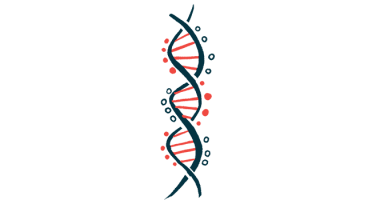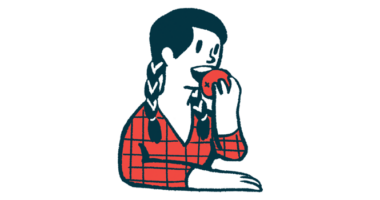New Video Explains Prader-Willi Syndrome, Challenges in Under 3 Minutes

A new video explains how Prader-Willi syndrome (PWS) develops, some of its challenges, and ongoing research — all in just under three minutes.
Titled “What is Prader-Willi Syndrome?” the video is narrated by Susan Hedstrom, executive director of the Foundation for Prader-Willi Research (FPWR) and the mother of a child with PWS.
Hedstrom starts by mentioning that the incidence of PWS is estimated to be 1 in 15,000 births. The disease is caused by the loss of function in specific genes located in chromosome 15.
Prader-Willi may be identified shortly after birth by a weak cry, hypotonia (low muscle tone), difficulty feeding, and undescended testes in males, a common childhood condition in which one or both testicles do not descend into the scrotum.
Suspected cases of PWS can be confirmed by a DNA test, which identifies the disease with an accuracy above 99 percent.
Babies with Prader-Willi syndrome normally need a nasograstic (NG) or gastrostomy (G) tube for feeding, as well as special bottles and increased feeding times.
In the video, Hedstrom emphasizes that careful monitoring is required, as some babies may show failure to thrive. Growth hormone therapy is therefore recommended as soon as possible.
After age 2, however, the child starts gaining weight rapidly, and may show a greater focus on food and an increased appetite.
“Research is currently underway to find treatments for PWS, but for now, controlling the child’s access to food is the only intervention available to manage hyperphagia [excessive hunger],” Hedstrom says in the video.
She then notes that, as a spectrum disorder, PWS may affect individual patients differently. Not all patients have the same symptoms.
Possible challenges include higher anxiety; cognitive rigidity — which refers to difficulties in changing the way one thinks; incomplete sexual development; developmental delays; growth hormone and thyroid deficiency; intellectual disability; respiratory and sleep impairments; poor bone health; and scoliosis, which is a curvature of the spine.
Also possible are impaired control of body temperature; reduced pain sensitivity; gastrointestinal complications; skin picking; central adrenal insufficiency caused by deficient production of the adrenocorticotropic hormone; hypoglycemia; seizures; and mental illness.
Hedstrom says that although the list of challenges associated with PWS appears to be overwhelming, “as a parent of a child with PWS, I can tell you — we have hope!”
She underlines the role of the Foundation for Prader-Willi Research in funding scientific research over the past decade, which led to “more clinical trials for PWS coming down the pipeline than ever before. The future of our children is full of opportunity,” Hedstrom said.
Regarding resources and the PWS community available to help parents, Hedstrom suggests starting by downloading the free e-book, “First Steps: A Parent’s Guide to Prader-Willi Syndrome.”






